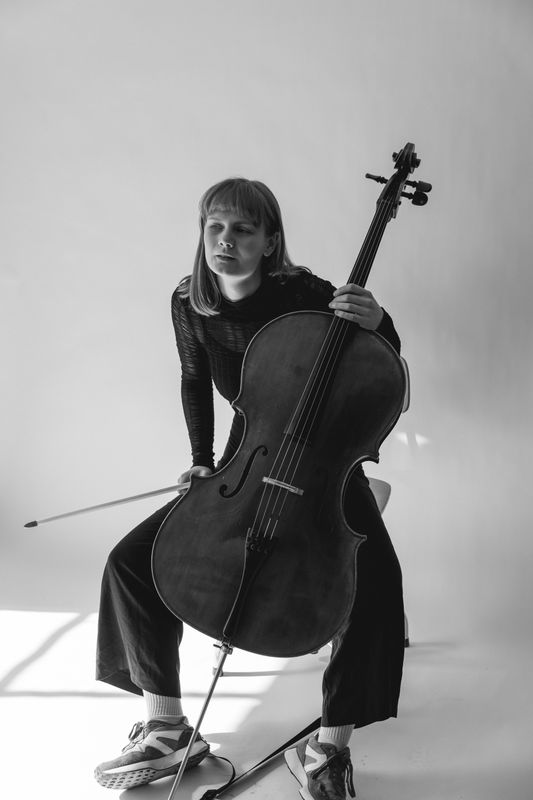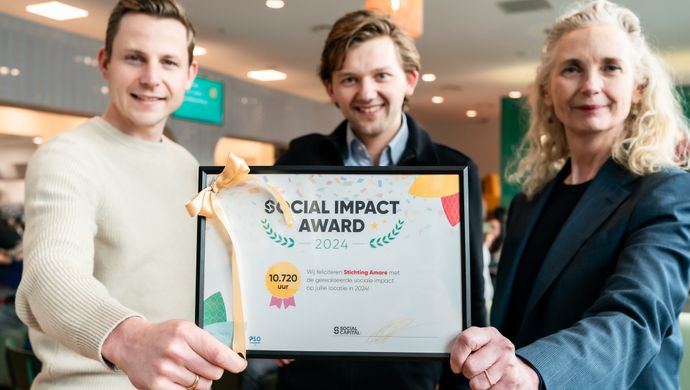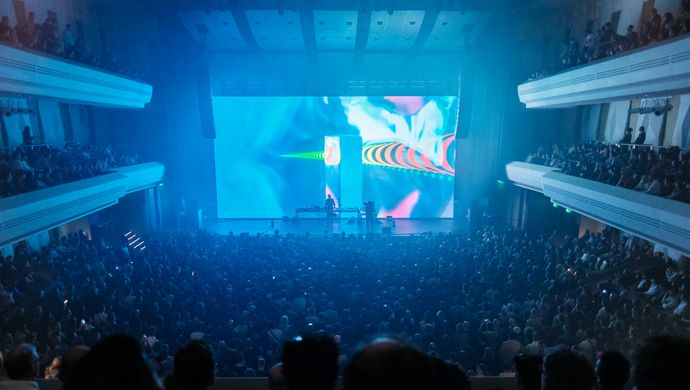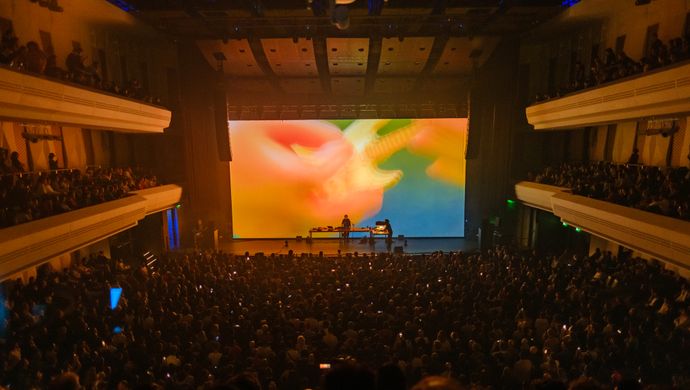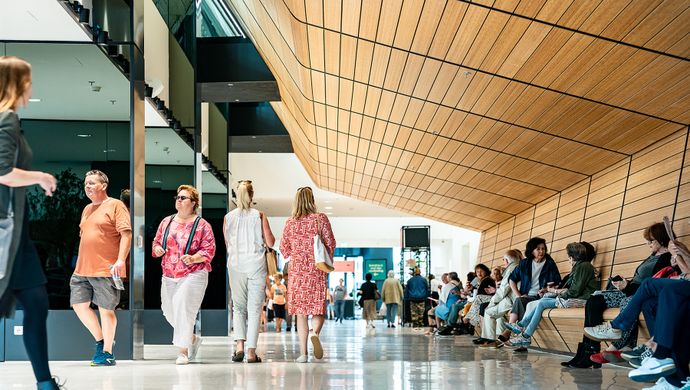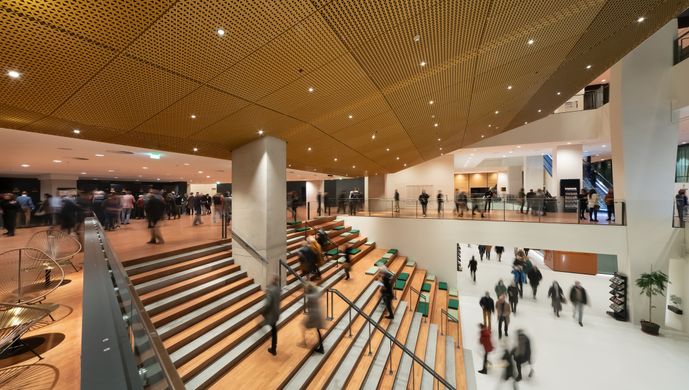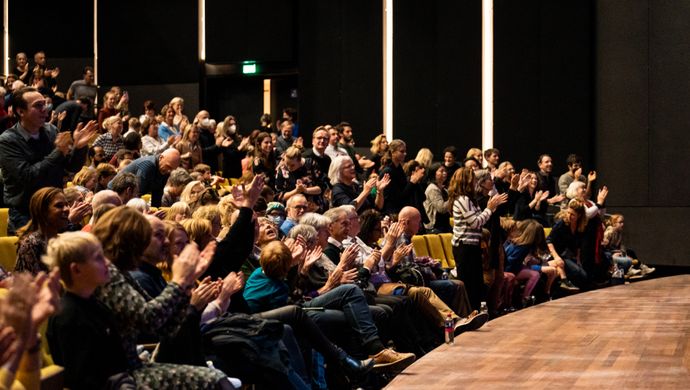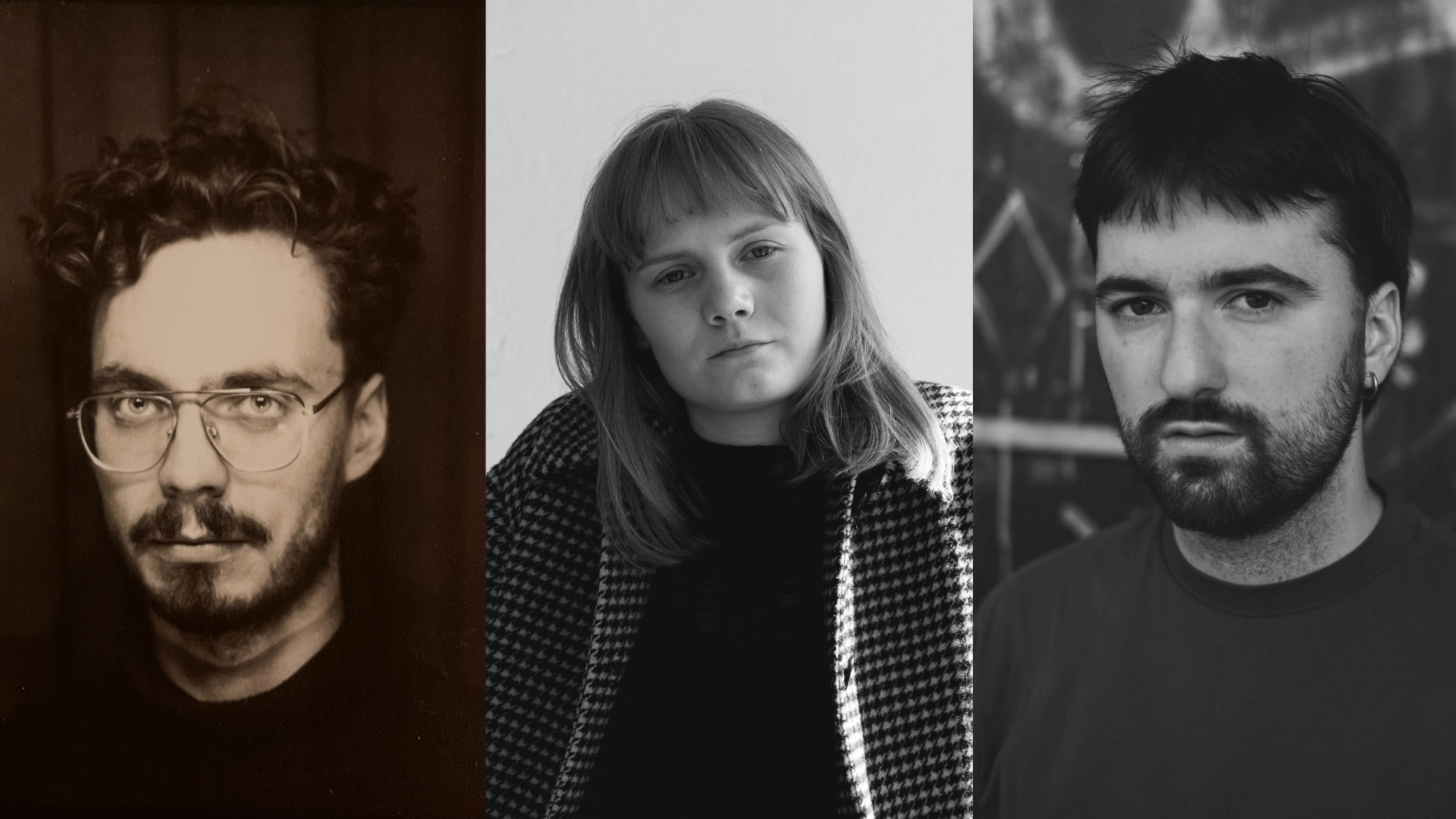
Rewire announces sensory-sensitive concert in Amare
February 2025, news
As part of Rewire 2025, the festival invites audiences to a special Sensory-Sensitive Concert on Sunday 6 April 2025 at Amare. This performance offers an immersive and accessible listening experience, welcoming those who may find conventional concert environments overstimulating.
Composers and sound artists Sigrid Angelsen, Łukasz Moroz, and Oskar Tomala each bring a distinct approach to sonic experimentation, yet their collaboration reveals a shared fascination with the subtle intersections of sound, space, and perception. Working across electroacoustic composition, improvisation, and contemporary performance, the trio engages piano, cello, and zither in dynamic interplay, incorporating resonators, unconventional tunings, and live processing to sculpt an intricate, tactile sound world.
A membrane is a thin, flexible layer that separates, connects, and filters. It mediates between spaces, allowing selective exchanges while maintaining its own structure. Like skin, air, or fabric, it is both a boundary and a point of transition. Membranes is a sensory-sensitive performance that reveals the nuance and subtlety of transforming sound through physical motion. This performance connects acoustic instruments to a moving, fabric surface – a membrane – that acts as both a barrier and a conduit, filtering and reshaping what comes into contact with it. Air stirred by a fan gently moves across the fabric, shaping sound in ways both controllable and unpredictable. The resulting motion renders sound visible, in an interplay between resonance and movement. Prepared instruments, elements of chamber music, and free improvisation reveal the fragile boundary between control and spontaneity. The performance unfolds in a low-stimulus space amidst atmospheric lighting, emphasising the tactile and spatial qualities of listening.
What is a sensory-sensitive concert?
At a sensory-sensitive event, sensory stimuli are reduced to ensure accessibility to a cultural experience. At a low-stimulus concert, the volume of the music presented is in a lower decibel range and the number of visitors is limited. The concert takes place during the day and the location is designed to be low-stimulus. This means that the bar and foyer are devoid of background music, the location staff are instructed on how best to interact with the audience, and a quiet room is available. By reducing environmental stimuli, the audience can fully enjoy the music.




